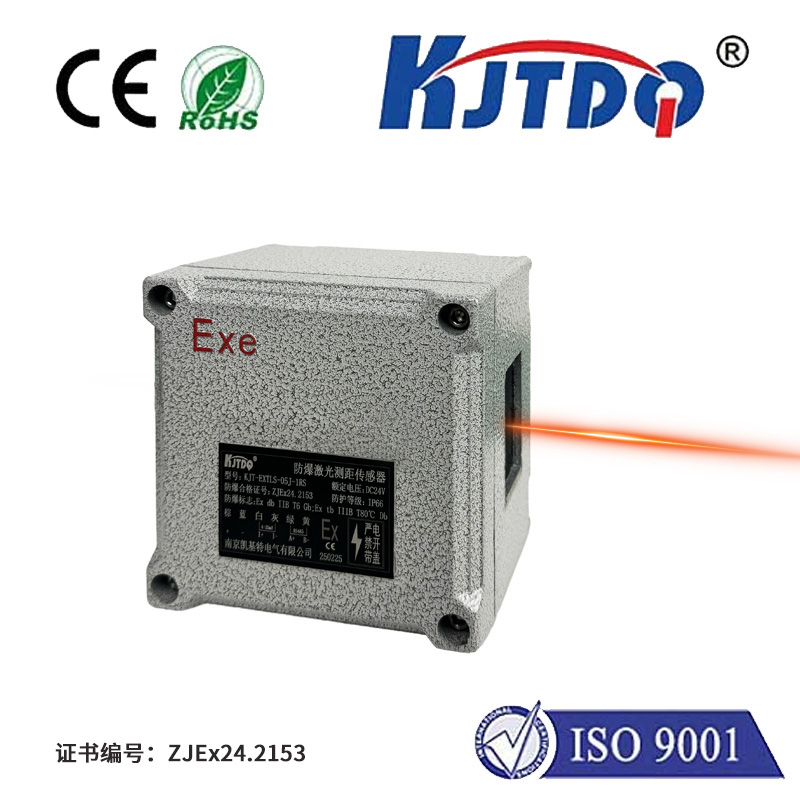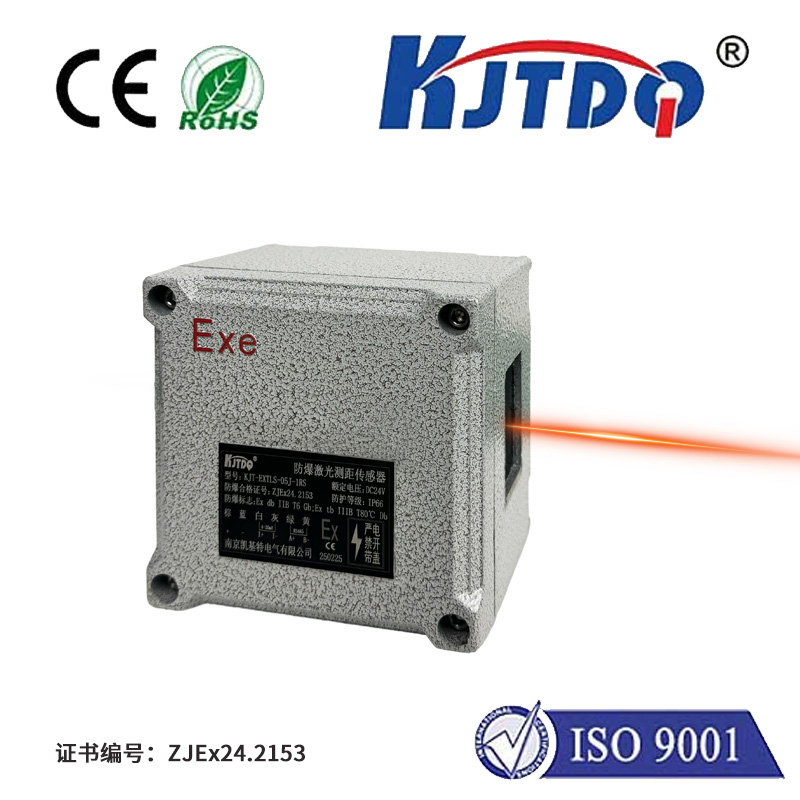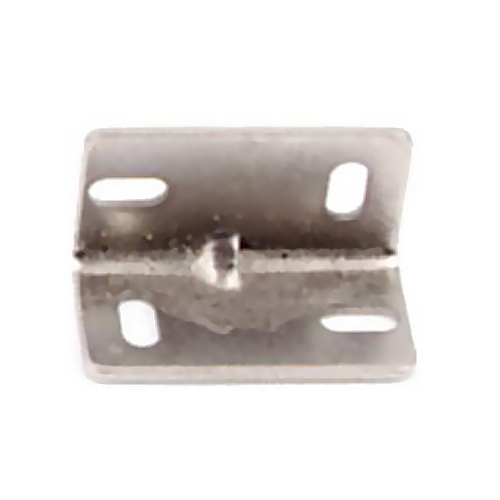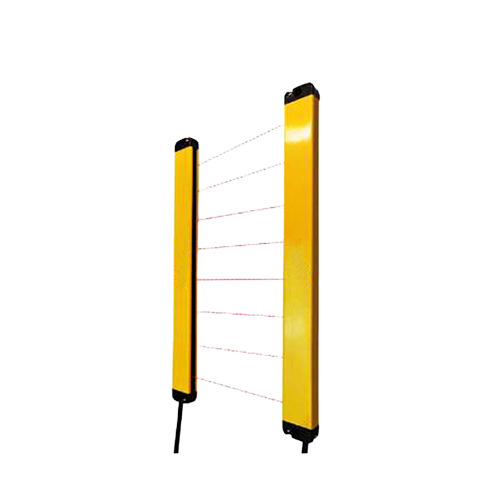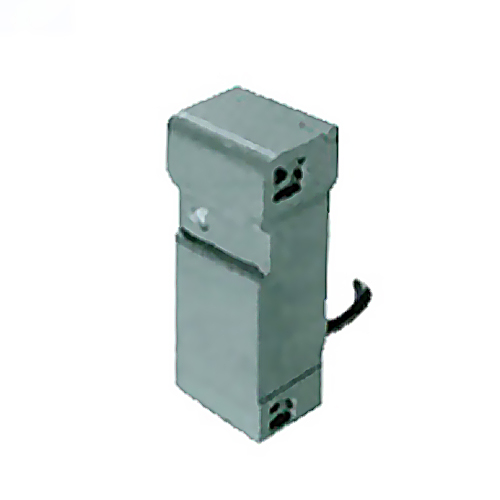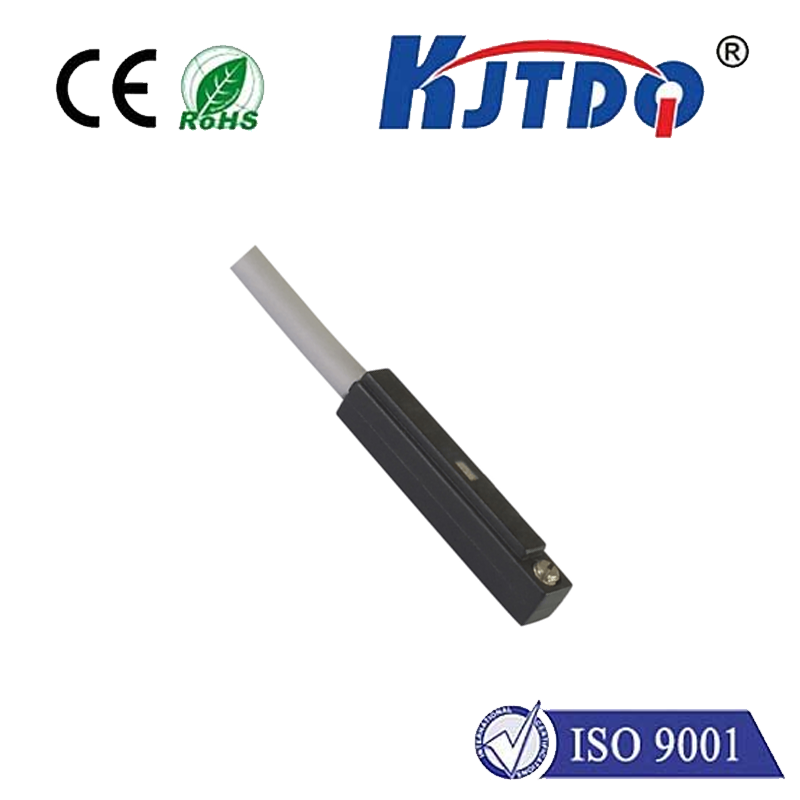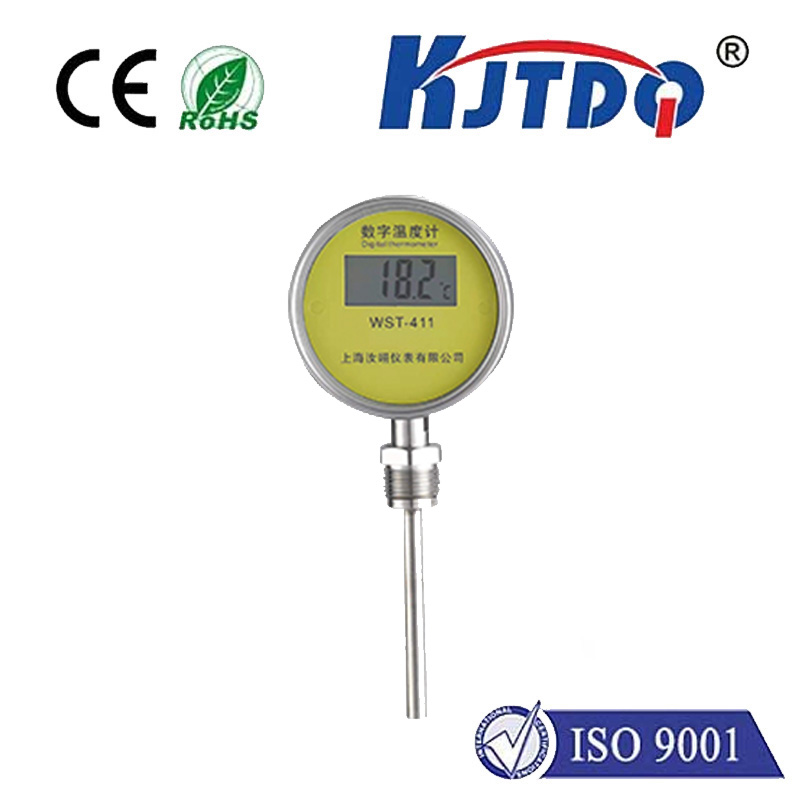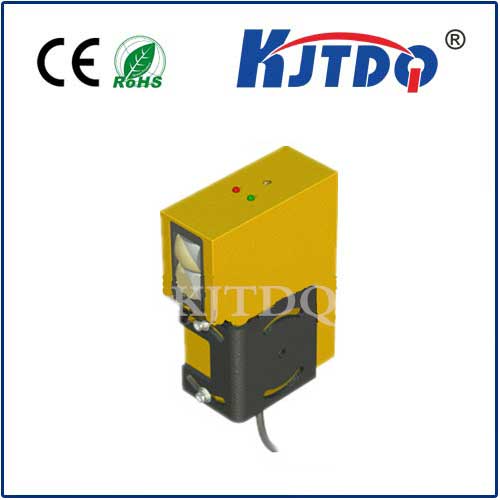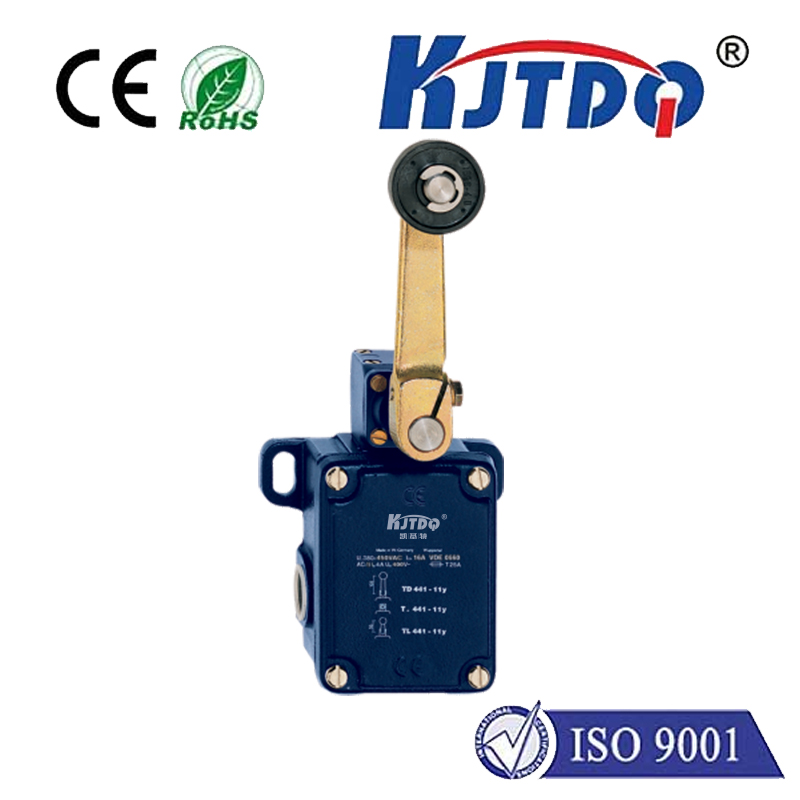

check

check

check

check

check

check

check

check

check

check
Title: Understanding Limit Switches and Their Applications in 5V Circuits
Introduction to Limit Switches in 5V Circuits
Limit switches are essential components in control systems that help to monitor the operation of a device or system. They are commonly used in applications that require precise control over the movement of equipment, such as robotic arms, CNC machines, and industrial automation systems. In this article, we will discuss the basic principles of limit switches and their applications in 5V circuits.
The Working Principle of Limit Switches
A limit switch is a mechanical switch that is typically made of a spring or other flexible material. When the switch is closed, it creates a physical barrier between two contacts, which can be either electrically conductive or non-conductive. This barrier prevents the flow of current through the switch, effectively turning off the power supply to the circuit.
When the switch is opened, the barrier is removed, allowing current to flow freely through the circuit. The position of the switch determines whether the circuit is on or off. If the switch is pressed all the way down, the circuit is fully turned on; if it is only partially depressed, the circuit is partially turned on; and if it is not pressed at all, the circuit is fully turned off.
Applications of Limit Switches in 5V Circuits
Limit switches have numerous applications in 5V circuits, including:
1. Sensor Control: In industrial automation systems, limit switches are often used as sensors to detect the position of machinery or equipment. For example, a limit switch can be used to monitor the position of a robot arm and trigger actions such as moving a tool or changing direction.
2. Motor Control:limit switches are also used to control the speed and direction of motors. By monitoring the position of the switch, an encoder can determine how far the motor has moved and adjust its output accordingly. This allows for precise control over motor movements and improves overall efficiency.
3. Load Control:In some applications, limit switches are used to control the load on a device or system. For example, a limit switch can be placed near a conveyor belt to detect when it has reached its full height and trigger an alarm or stop the conveyor.
4. safety systems:limit switches can be used as safety devices in hazardous environments. For instance, a limit switch can be placed near a potentially dangerous area to detect if someone has entered the restricted space and trigger an alarm or lock doors/gates.
Conclusion
Limit switches are critical components in control systems that help to monitor and regulate the operation of devices and systems. In 5V circuits, limit switches have multiple applications such as sensor control, motor control, load control, safety systems, etc. Understanding how limit switches work and their applications can help optimize system performance and improve overall efficiency

